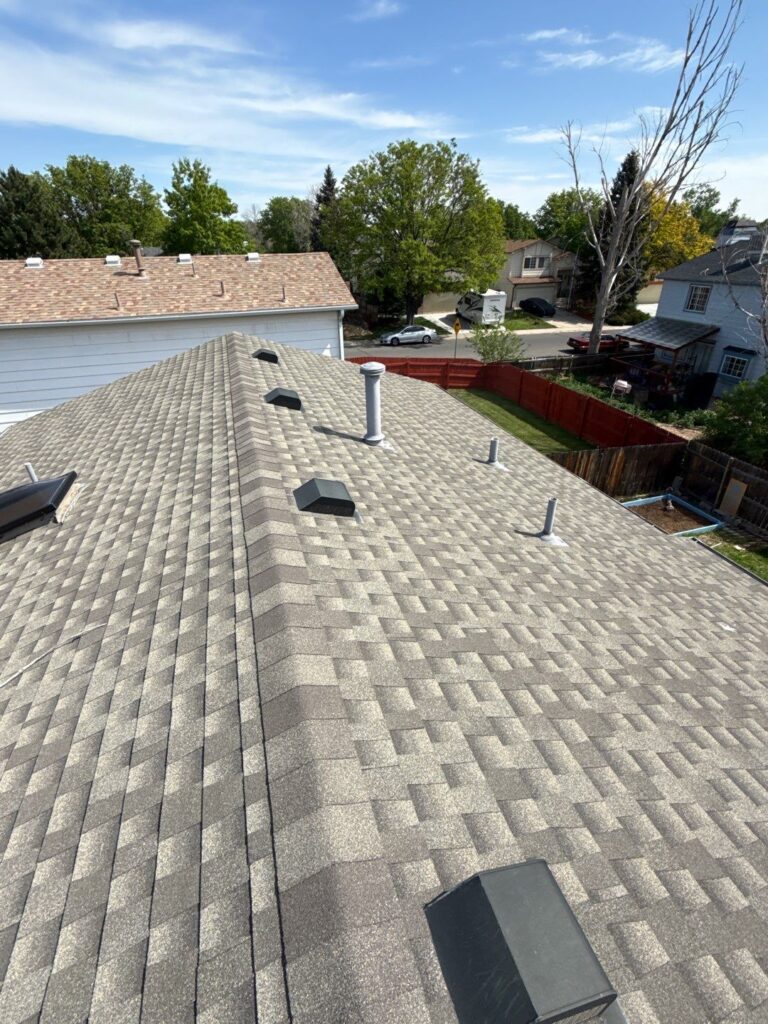
What Is a Roofing Square?
When planning a roofing project, the most essential measurement is the roofing square. A roofing square is defined as a measurement unit equal to 100 square feet of roof coverage. This measurement is used industry-wide to estimate both materials and labor. Whether replacing a roof or repairing a damaged section, this unit simplifies calculations and creates a consistent standard for contractors and clients alike.
Why the Roofing Square Matters in Project Planning
Roofing squares streamline every step of a roofing job — from calculating material needs to labor estimates and pricing. Contractors, suppliers, and homeowners rely on this system to eliminate guesswork and ensure precise planning.
Simplifying Material Estimates
Shingles, underlayment, and other roofing materials are commonly sold per square. By calculating your roof area in squares, you avoid underordering or wasting money on excess supplies.
Standardizing Labor Costs
Most roofing contractors base their labor estimates on the number of squares. Understanding your roof’s square count makes it easier to compare quotes from different roofing contractors in Denver and ensures transparency in pricing.
How to Calculate Roofing Squares Accurately
Calculating roofing squares requires basic geometry and attention to detail. Here’s how we break it down during site evaluations:
Step 1: Segment the Roof
We begin by dividing the roof into simple sections like rectangles or triangles. For homes with complex architecture, including dormers or multiple slopes, each component is measured individually.
Step 2: Measure Dimensions
Each section’s length and width are recorded, accounting for pitch. For pitched roofs, we use pitch multipliers to factor in the true surface area, not just the footprint.
Step 3: Add and Convert
After summing the square footage of each roof section, we divide the total by 100 to determine how many roofing squares are required.
Example:
A roof totaling 2,600 square feet = 26 roofing squares
Roofing Material Needs per Square
Each roofing square translates directly into how much material needs to be ordered. Here’s a standard breakdown:
- Shingles: 3 bundles typically cover 1 square
- Synthetic underlayment: Sold in rolls covering 4 to 10 squares
- Ice and water shield: May be sold by the roll or linear foot but estimated by square coverage
This standardized approach helps us maintain accuracy, reduce waste, and keep projects on schedule.
Pricing Labor Per Square
Labor estimates vary based on slope, height, and complexity — but roofing squares remain the foundation of cost calculation. When comparing offers from roofing companies in Denver Colorado, ensure each contractor clearly defines:
- Price per square for installation
- Extra charges for steep slopes or intricate layouts
- Costs related to tear-off or disposal
By using squares, we keep pricing fair and consistent across the board.
Roofing Square Conversion Table
Here’s a quick reference for square footage and roofing squares:
| Total Area (sq ft) | Roofing Squares |
| 1,000 | 10 |
| 1,500 | 15 |
| 2,000 | 20 |
| 2,500 | 25 |
| 3,000 | 30 |
If you know your home’s footprint or have architectural plans, this table offers a rough idea of the roof’s coverage.
Why Homeowners Should Know Their Roof Square Count
Knowing how many squares make up your roof helps you navigate the roofing process with confidence. You can:
- Analyze estimates with precision
- Identify when materials are over- or under-quoted
- Understand the size and scope of your roof
- Reduce the risk of overspending on labor or supplies
An informed homeowner is less likely to encounter budget overruns or hidden fees.
Choosing a Qualified Roofer in Denver
Roofing success depends on accuracy, honesty, and craftsmanship. Partnering with an experienced contractor who uses roofing squares properly ensures your project runs smoothly. A reliable Denver roofing company should provide:
- A clear breakdown of material and labor costs by square
- Measurements backed by on-site or satellite assessments
- Options suited to your budget and property type
At Tried and True Roofing, based in Denver, Colorado, we use precise square-based estimates to deliver accurate quotes and durable roofing solutions.
Conclusion
The roofing square is the gold standard for measuring and estimating roofing work. It simplifies material calculations, labor pricing, and overall project planning. By understanding how to calculate and apply roofing squares, you take control of your roofing investment. Whether you’re comparing bids from roofers in Denver or planning a future renovation, knowing your roof’s square count gives you an edge in choosing the right path forward.

